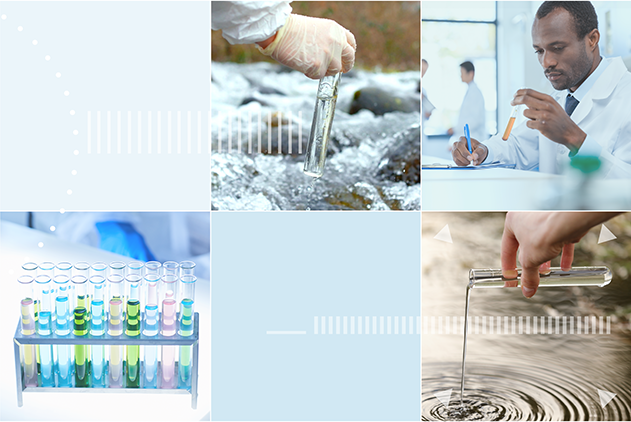Acid Mine Drainage (AMD) management is crucial to the preservation of the health of our water and food chain. Failure to effectively do so leads to high acidity levels which allow heavy metals from the mines to enter our water system. There are several treatment options for Acid Mine Drainage (AMD). For example, using alkaline industrial chemicals and limestone is more popular but leaves a residue of sludge which is commonly disposed of in landfill sites, negatively effecting the environment. That’s why UNISA’s innovative NanoMaghä process is so effective – it makes use of maghemite nanoparticles at pH < 5 to remove sulphate, manganese, copper, nickel, cobalt and zinc metal ions from acid mine drainage (AMD).
This process has a number of benefits. A combination of adsorption and precipitation processes has been employed to achieve high metal and sulphate removal. Overall, the method makes use of fewer chemicals to remedy Acid Mine Drainage (AMD) pollution, and is therefore more cost-effective. As important, it recovers valuable usable water resources from AMD, which can be used in agriculture, helping to address our country’s water scarcity.



